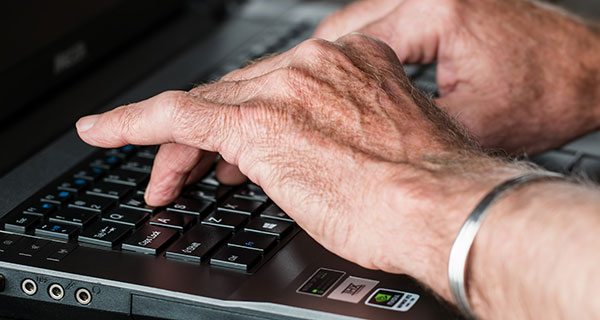 So you’ve finally had the job interview you were waiting for, and now you want to know the next step for email follow-up. The ideal scenario would be to only send one email thanking them and reiterating your interest in the position. In this article, I’ll review the best approaches to writing follow-up emails after an interview.
So you’ve finally had the job interview you were waiting for, and now you want to know the next step for email follow-up. The ideal scenario would be to only send one email thanking them and reiterating your interest in the position. In this article, I’ll review the best approaches to writing follow-up emails after an interview.
The subject line
The subject line of the email is extremely important because that’s what determines whether the recipient will open your email or not, and the priority that’s assigned to it. You should be sending your email to the person at the interview who said they’d contact you, or alternatively, you can email the person who was your contact for scheduling and administrative matters.
A suggestion from Angela Trenton, a recruiter at State of Writing and Elite Assignment Help, is that “the best email subject line that maximizes your chances of having it opened is a reply to the existing email chain between you and that person. The person on the receiving end is a lot more likely to open it right away because it’s a part of an existing conversation.
The email contents
The email should be divided into three parts which address these points clearly and simply. The first paragraph should clarify the job title you’re writing about and immediately thank the interviewer for their time, restating your ongoing interest in the position and the company.
The second paragraph should highlight the ways your experience and skills align with the role and try to specifically bring up a conversation topic that seemed of interest to the interviewer. Be specific, but keep it concise; this is not the place to ramble.
The third and final paragraph should be a summary statement about why you think you stand out as a candidate and what you can bring to the company. Keep it open-ended by inviting them to communicate with you if they have any further questions, and add that you look forward to hearing back from them. Don’t forget to include your signature and contact information.
It can be difficult to write the perfect email and make sure it doesn’t have any mistakes. Here is a list of online tools that you may find helpful for this step:
- Academadvisor and Studydemic are online writing guides to help you create a well-crafted email.
- Academized and Australian Help are editing tools you can use to make sure your follow-up email is clear and cohesive.
- Simple Grad and Via Writing are grammar checkers that help you keep errors and typos out of your important message.
- Paper Fellows should be consulted for a second proofreading opinion and comes highly reviewed by Australian Reviewer.
- My Writing Way and Let’s Go and Learn will help you generate catchy words, keywords, subheadings, etc.
- Big Assignments and Ox Essays are the go-to sites for formatting help.
The company’s response
It’s pretty likely that the company will answer you that they’re still waiting on a certain step or they don’t have information yet. It’s rare that they’ll be specific about the delay, but in any case, you should respond in a way that keeps the door open for conversations and allows you to follow up again in the future. This could include something like thanking them for the update, then asking if you can get a sense of the timing for the next steps moving forward. You could also ask point blank when would be the right time for you to follow up again, acknowledging that these things take time and you don’t want to follow up too frequently.
If the company doesn’t respond, however, that’s a different story. Consider how many days it’s been, as you want to give them ample time to respond; ideally, about two days (excluding weekends and holidays). If you still haven’t heard back after this time, send a follow-up to the same person, using the same email chain and subject line. This should be short and to the point, along the lines of wanting to check in and make sure they saw your last email and see if they had any updates regarding the position. Close it off by asking them to let you know once they get the chance, and thanking them for their time.
After this, it’s time to be patient, even if that’s easier said then done. It’s possible one of the individuals in the decision chain is on vacation or out of the office, or the interviewer you emailed is incredibly busy. At this stage, there’s nothing more to gain by sending more emails, so wait longer than you think, a full week at least. If you’ve done all this and you still haven’t heard back, then you may wish to pick another appropriate person to send an email to. The important thing is not to stress: there are many unforeseen possibilities, and it’s possible you were the first interviewed of many so they need to make it through the whole process.
Nora Mork is a career and business journalist at Ukwritings and Boomessays. She regularly shares her experience by speaking at public events, and writing posts for blogs, such as Essayroo.
The views, opinions and positions expressed by columnists and contributors are the author’s alone. They do not inherently or expressly reflect the views, opinions and/or positions of our publication.

